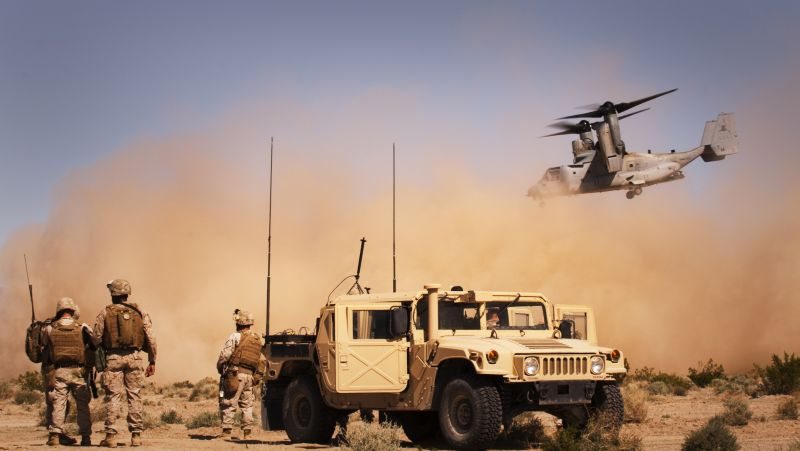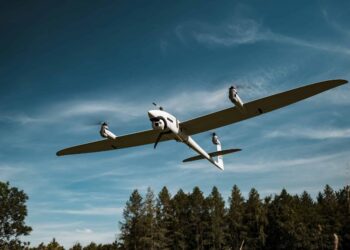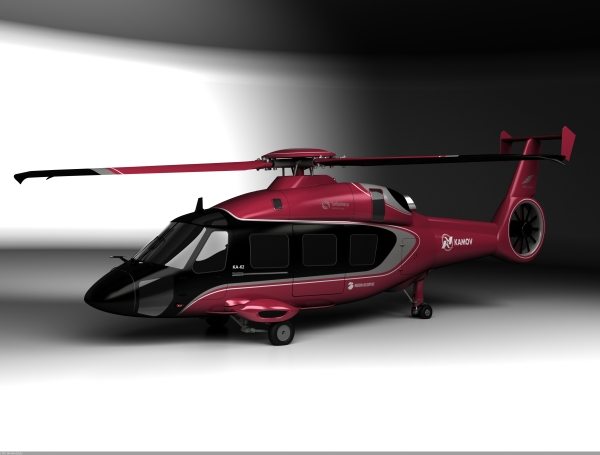The U.S. military faces two fundamental challenges. The first is the need to downsize in the face of increasing budgetary pressures. The second is the requirement to continue to conduct a broad array of missions around the world. While senior defense officials have begun to sound warnings that the military will be forced to do less with less, this is not reality. The threats to U.S. security are not going away; if anything they are becoming both more numerous and, in many instances, more capable. Instability in the Middle East and North Africa is on the rise. The Obama Administration is pursuing a new defense strategy focused on the Asia-Pacific region, an area that is vast, complex and undergoing radical economic, social and political transformation. The premier power in the region, China, is acting in an increasingly belligerent fashion not only vis-a-vis the United States but towards Beijing’s own neighbors. North Korea just launched an ICBM. Natural and manmade disasters show no sign of abating.
To meet the emerging security environment, future U.S. forces will need to react more quickly, go farther and faster, be more survivable and deliver greater combat effectiveness when they meet the enemy than in the past. Unfortunately, neither time nor resources will allow the Department of Defense the luxury of redesigning its entire portfolio of capabilities to meet the evolving security environment. Instead, the Pentagon needs to think anew about the best ways to employ extant military capabilities. It is often the case that platforms and systems designed with a particular threat in mind and procured to perform one set of missions can be adapted to meet other challenges. The best close air support platforms for operations in Afghanistan have been the B-1 and B-52, quintessential Cold War “relics.” M-1s and Bradleys proved extremely useful in counterinsurgency operations in Iraq.
In the emerging security environment, a platform that is likely to take on added importance, even a strategic role, is the V-22. Originally envisioned as one of the key components of the Marine Corps’ strategy for amphibious warfare, the Osprey has demonstrated tremendous value in Operations Iraqi Freedom and Enduring Freedom. Able to fly faster and higher than existing rotary wing systems as well as travel farther with a greater payload, the V-22 has enabled the Marine Corps to change the way it operates and, in many instances, do more with less. In Afghanistan, the Osprey permits ground combat units to operate at greater distances from their major installations without the need to create intermediate staging bases. The aircraft’s great speed and low signatures improve Marine units’ ability to conduct raids and direct actions. During Operation Odyssey Dawn V-22s and AV-8Bs from the USS Kearsarge conducted a rapid response rescue mission of a U.S. pilot downed over Libya.
One of the enduring complaints surrounding the administration’s lack of response to the tragedy in Benghazi was the failure to deploy a rapid reaction force to the scene. There are demands that the Pentagon deploy such rapid reaction forces globally to enhance security of U.S. embassies and facilities around the world. In fairness to the Pentagon, using traditional capabilities and methods, this would have meant stationing U.S. forces and aircraft every 100 miles around the world.
However, the V-22, with between four and six times the range and twice the speed of traditional rotary wing platforms, is superbly suited for precisely this quick reaction mission. From Sigonella in Sicily or Souda Bay in Crete a V-22-carried force could have been to Benghazi in about an hour. Just three V-22 squadrons deployed at friendly land locations or at sea on large deck amphibious ships could cover the entire North African and Middle East region with, at most, one air-to-air refueling.
The vast distances of the Asia-Pacific region cry out for rotary wing platforms that are fast, long-range and can operate from a variety of bases and ships. This is the V-22. The Osprey and the STOVL variant of the F-35 will substantially increase the operational effectiveness of the U.S. fleet of large-deck amphibious warfare ships. Because it can deliver cargo and personnel directly to these ships, the V-22 can extend the range and operational flexibility of the Navy’s amphibious ready groups.
In tight budgetary times there is often a temptation to go cheap, to buy less capable but seemingly more affordable platforms and systems. This approach often fails to consider the true operational effectiveness of the more capable platforms. For example, an assault support operation conducted at a range of 250 miles would require twice the number of CH-46 Chinooks as V-22s to transport the same number of Marines. Moreover, the CH-46s would require stationing fuel and additional security forces at an intermediate air refueling point. More aircraft, fuel, and forces means greater cost. Let’s also not forget that the V-22 can get out to the target point in less than half the time it would take a similar force equipped with the CH-46. The true operational cost of the legacy force could easily be twice that of a V-22-equipped unit. In the emerging security environment, cheaper will not be better.
With thousands of hours of operational employment in Iraq and Afghanistan the V-22 has left behind any doubts about its performance and effectiveness. In the future, the Osprey could well become one of this country’s most important strategic platforms.











